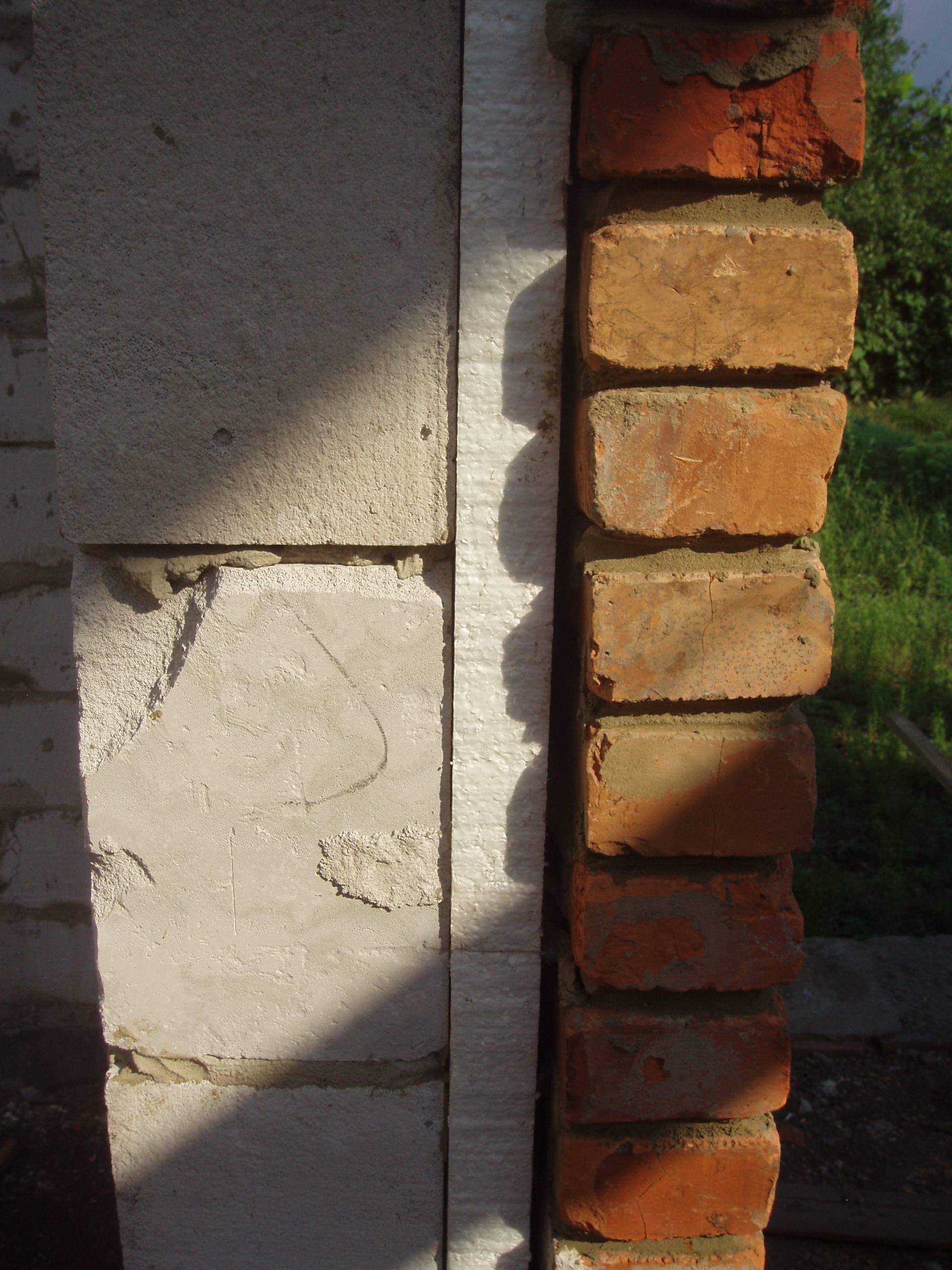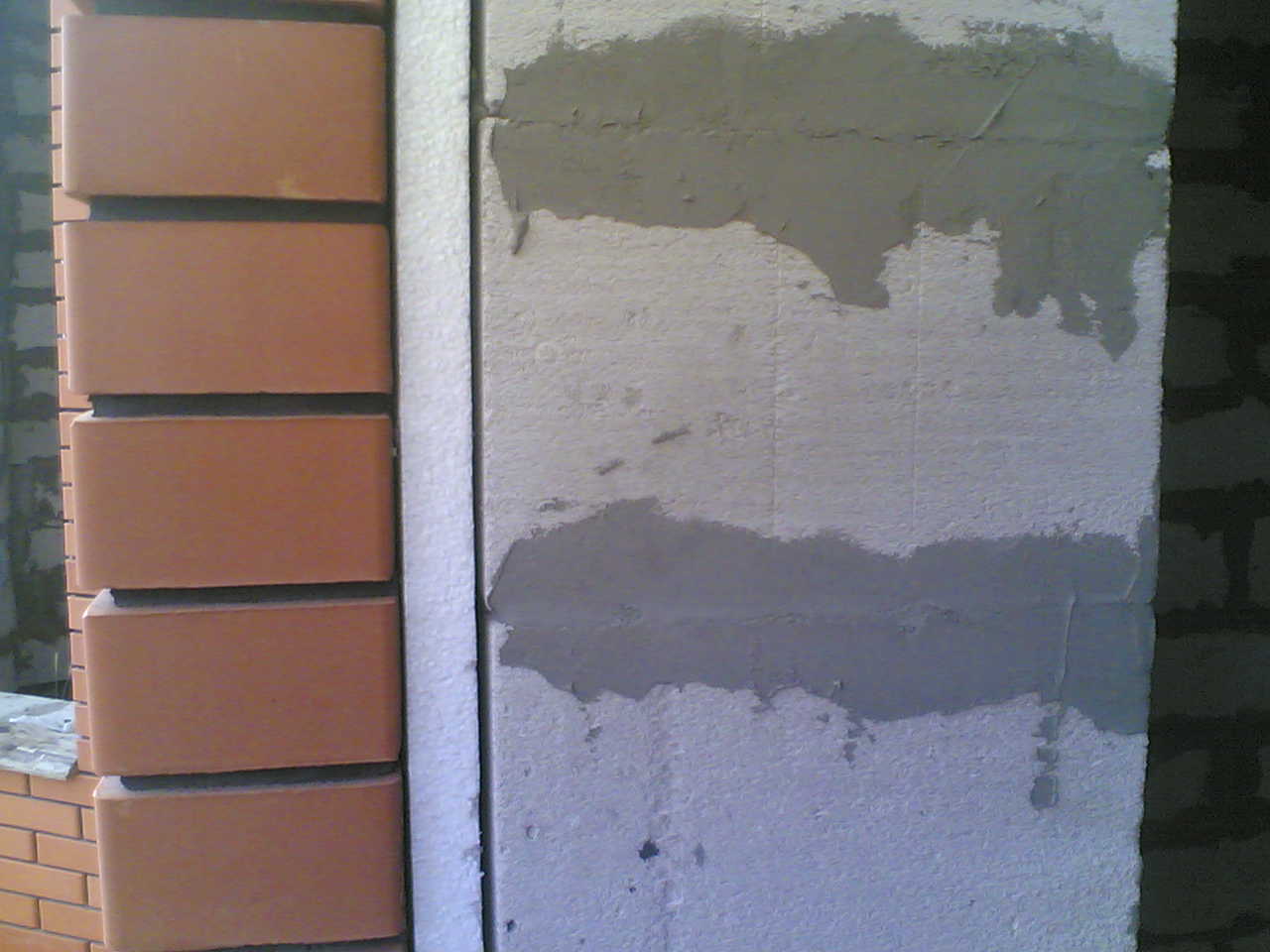The use of expanded polystyrene in questions and answers
- Where does extruded polystyrene foam find application?
- Is it necessary to stick polystyrene to the walls of the house when coated with siding?
- What thickness of polystyrene foam should be made at a temperature of -40 0FROM?
- Can foam be used as a heat insulator between a block and a brick?
- Is a primer required after sheeting the house with polystyrene foam?
Where does extruded polystyrene foam find application?
Extruded polystyrene foam is used in:
- Thermal insulation foundations. Due to the fact that it does not decompose due to soil exposure and does not absorb moisture, it is suitable for these purposes.
- For insulation of floors of lower floors, in the systems "Warm floor". In this case, the use of expanded polystyrene is almost uncontested.
- Wall insulation. Use is possible for both exterior and interior walls, but ventilation or air conditioning in the room is required.
- Thermal insulation of roofs and especially flat roofs.
- In thermal insulation of pipelines, many refrigeration units and industrial facilities.
- In the construction of railways and roads. Thanks to the material, freezing of the soil layer is minimized.
Where it is better not to use extruded polystyrene foam:
- For the construction of partitions indoors, it is undesirable to use due to the toxicity of the material during excessive heating or burning.
- For insulation of the facades of wooden houses can not be used due to zero vapor permeability and low adhesive ability.
Return to the list of questions.
Is it necessary to stick polystyrene to the walls of the house when siding?
The use of hinged structures for foam insulation is possible, but the insulation must be fastened to glue, followed by mechanical fixing with dowels. Glue is used in order to obtain a uniform connection of the insulation with the wall, a kind of monolith. Even a sheet is recommended to be applied to the wall at a distance of about 2 cm from the right place, and then with pressure to shift to the right place. Therefore, this should not be neglected. Fastening with dowels is carried out at the rate of 4 pcs / square meter, in the area of doorways about 5 - 8 pcs / square meter.
Return to the list of questions.
What thickness of polystyrene foam should be made at a temperature of -40 0FROM?
In order to calculate the required thickness of the insulation, you need to use the formula: R = P / K, where P is the layer thickness in meters, K is the thermal conductivity of the insulation, for polystyrene foam it is 0.031-0.041 W / m2. The exact value depends on the density of the sheet.
R - coefficient of thermal resistance is taken from the table for the region.
| Town | The average temperature of the heating period 0FROM | Coefficient of heat resistance |
|---|---|---|
| St. Petersburg | -2,2 | 3,18 |
| Moscow | -3,2 | 3,14 |
| Sochi | +5,2 | 2,1 |
| Yakutsk | -19,5 | 5,0 |
| Rostov-on-Don | -1,1 | 2,8 |
| Kazan | -5,7 | 3,44 |
| Samara | -6,1 | 3,35 |
| Novosibirsk | -9,1 | 3,79 |
| Vladivostok | -4,8 | 3,22 |
For example, take Yakutsk R = 5
First you need to calculate the heat resistance of the wooden wall itself. The thermal conductivity of the tree is 0.16 W / m2, with a wall thickness of 0.4 m. Its heat resistance will be: R = 0.4 / 0.16 = 2.5
Subtract from the Yakutsk coefficient and get 2.5
Substituting in the formula, we get 2.5 = P / 0.035
Therefore, P = 2.5 * 0.035 = 0.0875 m.
To comply with the standards of thermal resistance of the wall of a wooden house in the Yakutsk region, an additional insulation of 80 mm with a layer of PSB-25 polystyrene foam is required.
More details: https://call.electricianexp.com/en/10/qa/article/2796-kakuyu-nuzhno-delat-tolshchenu-penopolisterola-pri-tempiroture-40-lagi-derevo.html
Return to the list of questions.
Can foam be used as a heat insulator between a block and a brick?
Such insulation during lining is a common widespread practice.


However, in this case, you can buy a foam with a minimum density of 5 cm wide, and the seams can be sealed with foam.
Return to the list of questions.
Is a primer required after sheeting the house with polystyrene foam?
Polyfoam is not primed, most primers corrode polystyrene foam. After attaching the foam plates to the wall with glue and dowels, the following steps must be performed:
- For fastening the reinforcing mesh, a layer of glue is applied to the wall surface, the area of the site is chosen so as to have time to lay and align the reinforcing mesh before the glue sets.
- Reinforcing mesh must be taken for external work, as the mesh for internal work when exposed to cement-based glue is destroyed over time.
- Apply a reinforcing mesh to the wall, while 5 cm along the edge of the mesh should remain to form an overlap. It is more convenient to fix the grid from top to bottom, slowly unwinding the roll.
- The mesh is pressed tightly against the wall, and the adhesive protruding above its surface is smoothed with a wide spatula. If necessary, you can add more glue. The mesh should not protrude above the surface of the adhesive, but its contours should be traceable.
- The next section is treated in the same way, not forgetting the necessary overlap of the mesh with a width of 5 cm.
More details: https://call.electricianexp.com/en/10/qa/article/4180-penoplast-gruntuetsya.html
Return to the list of questions.
